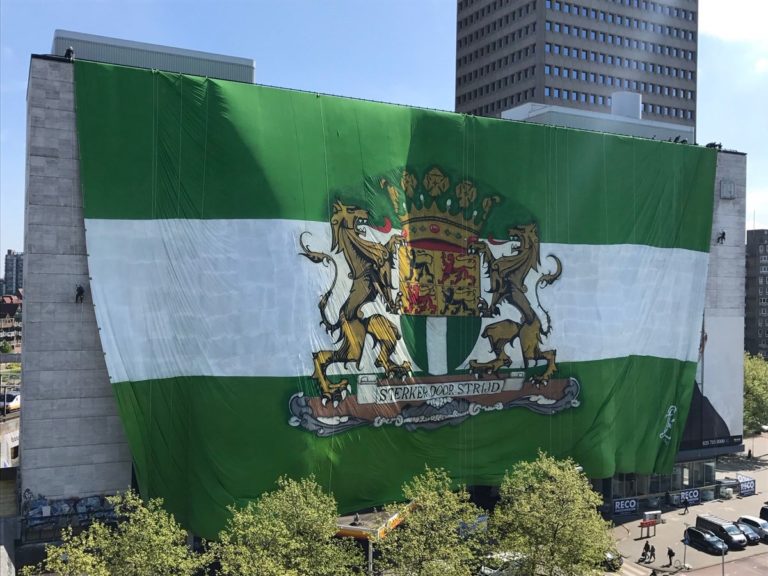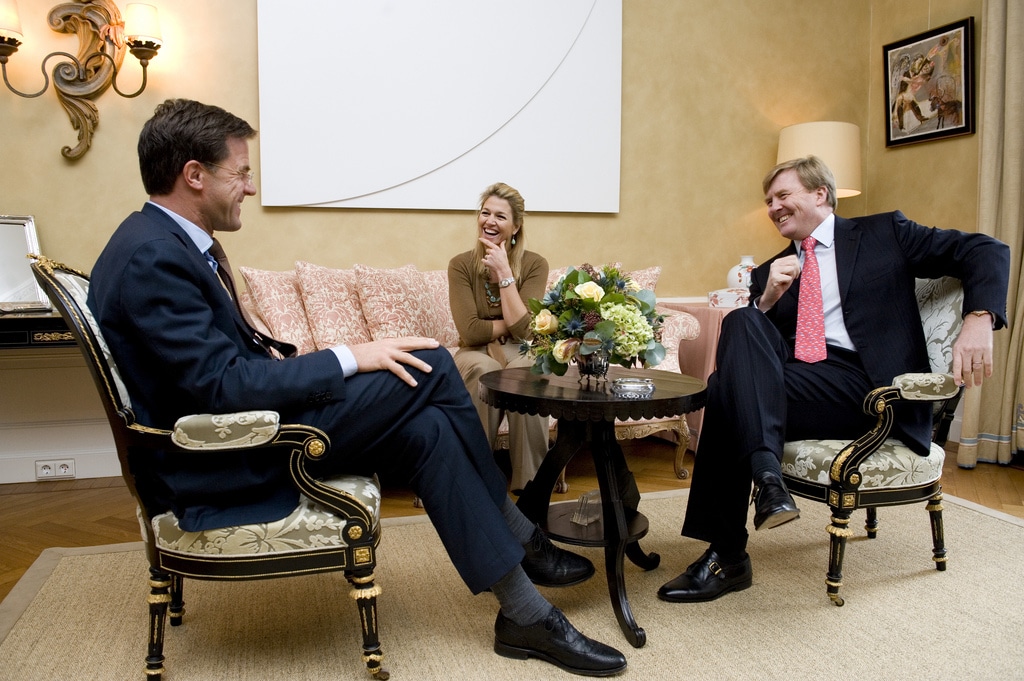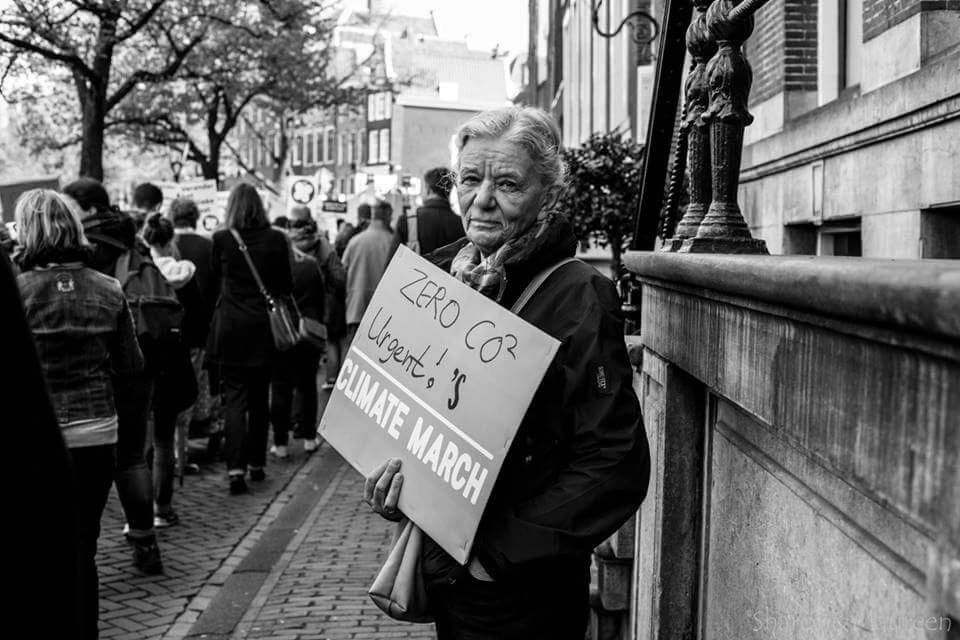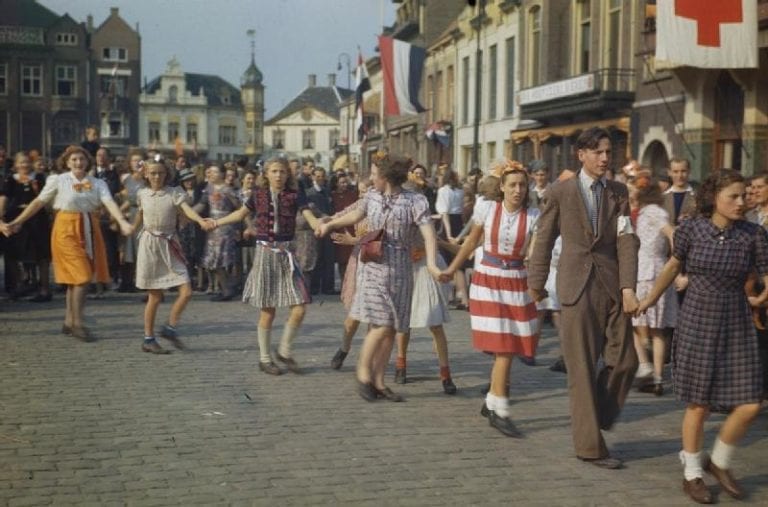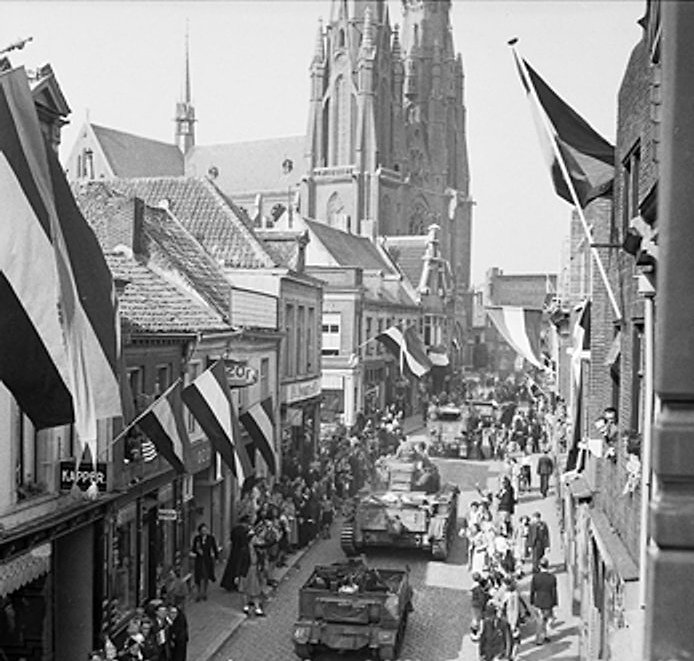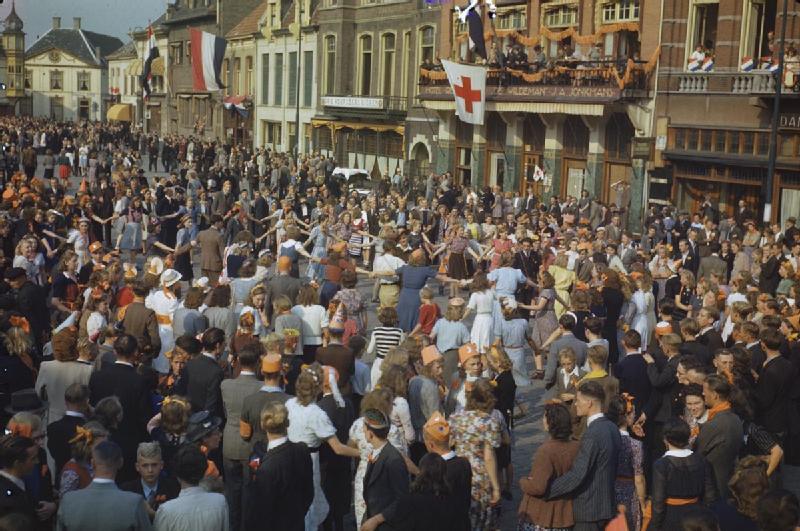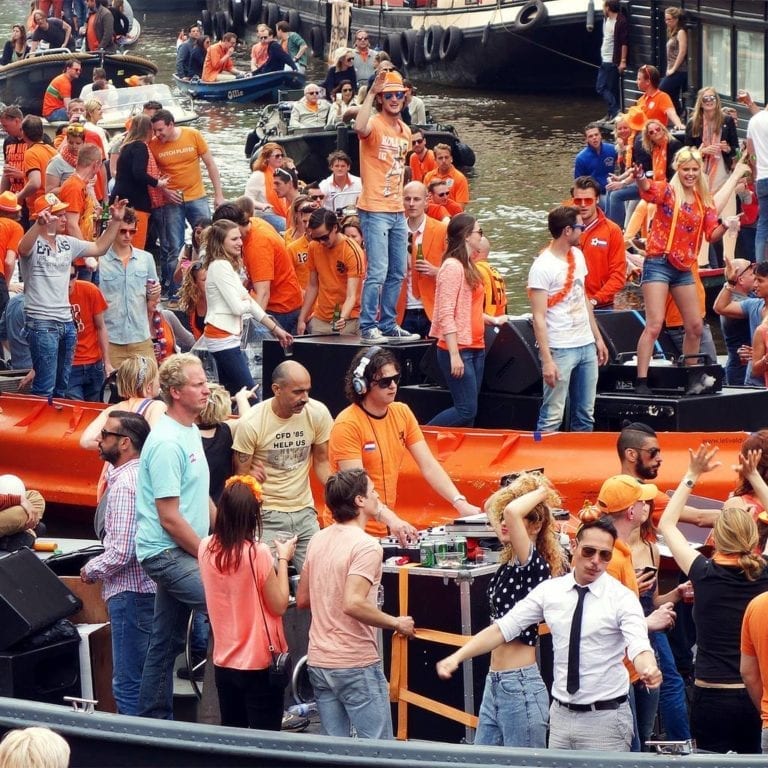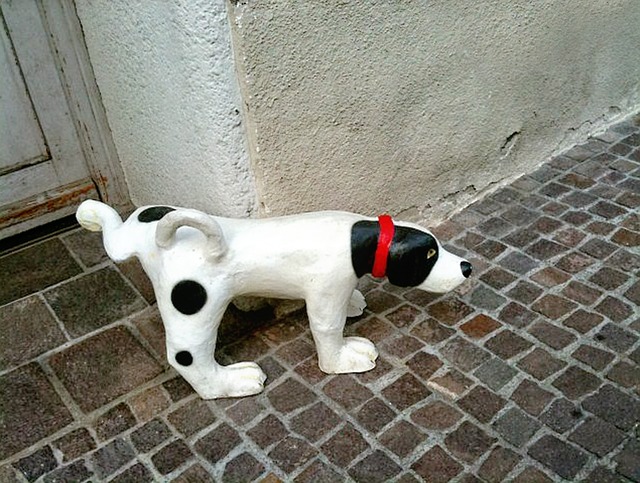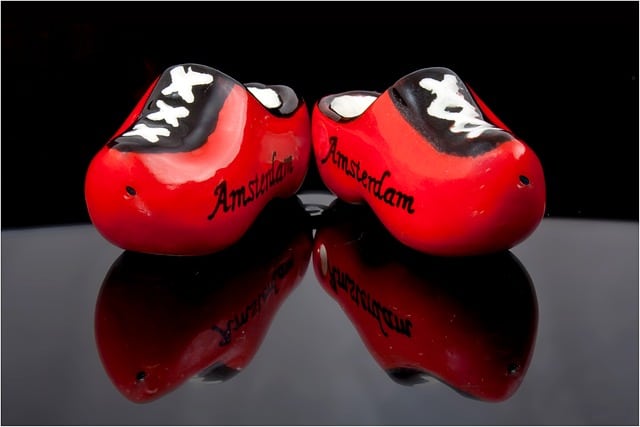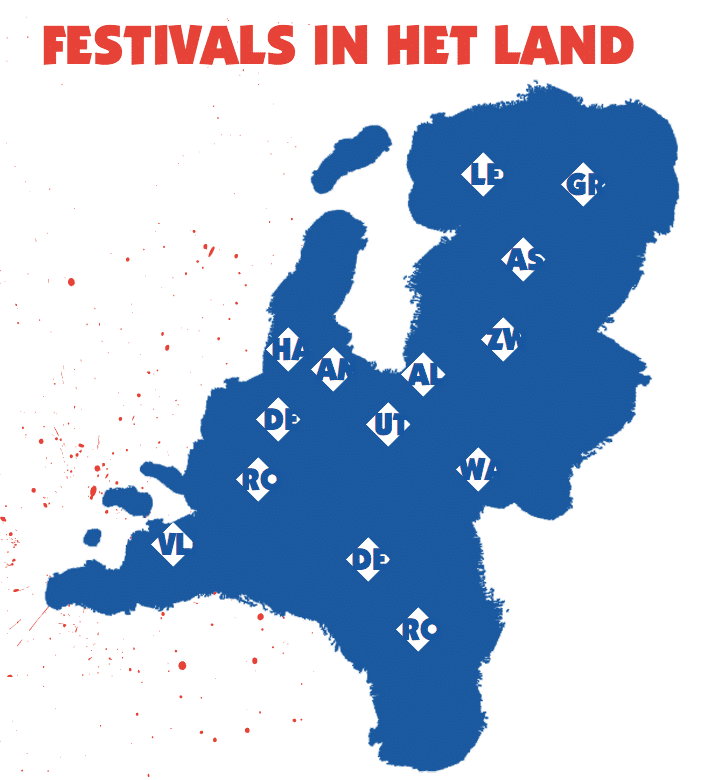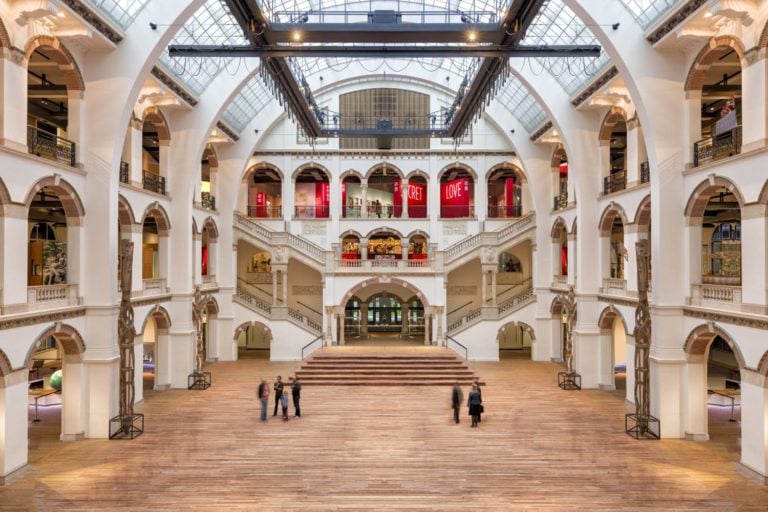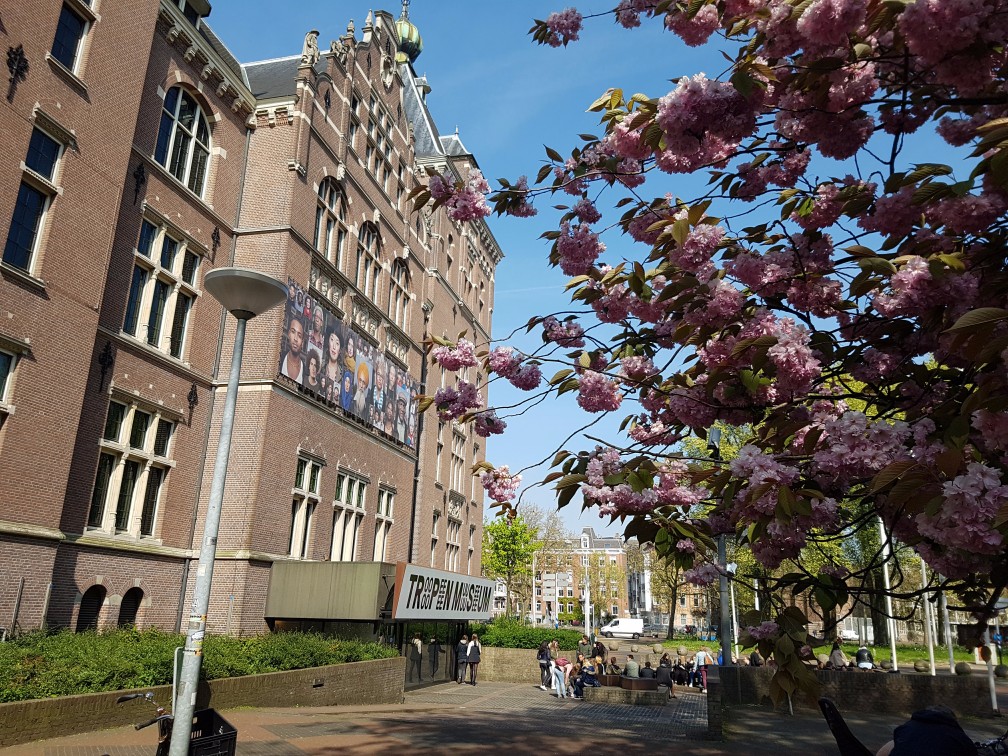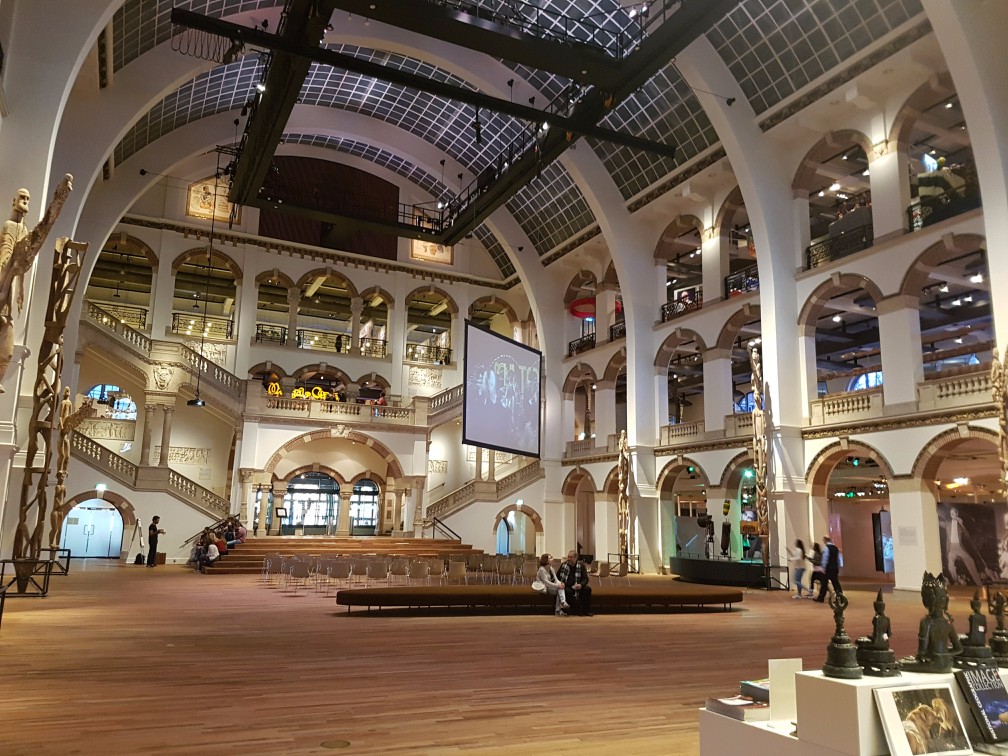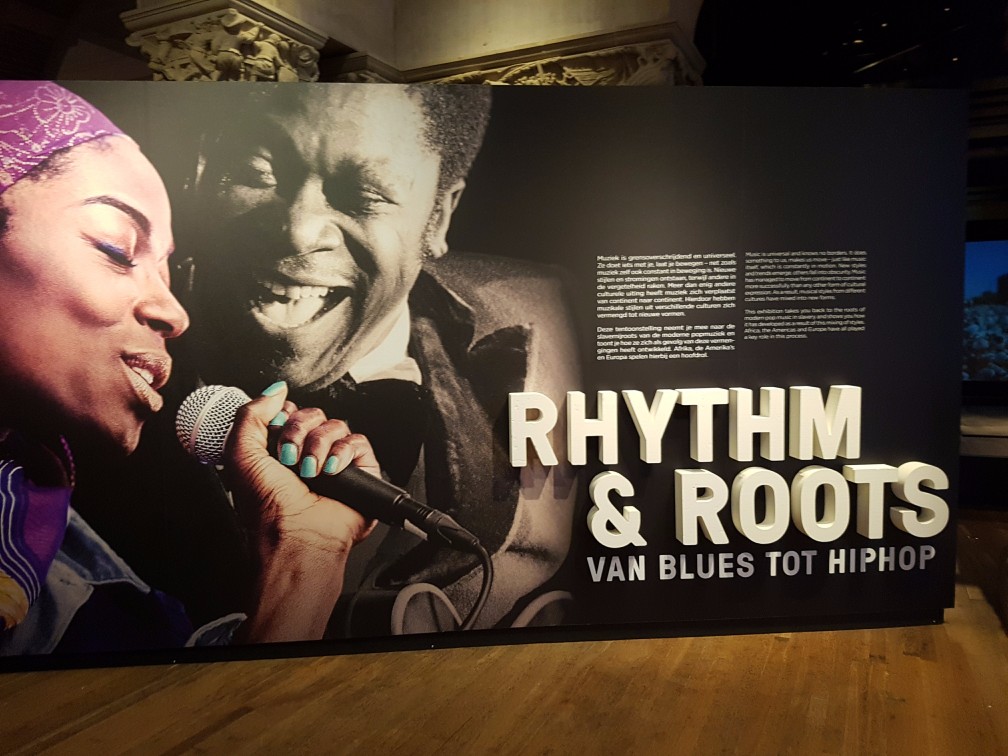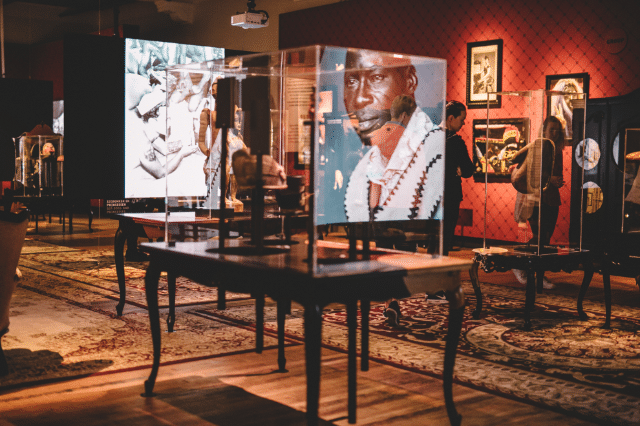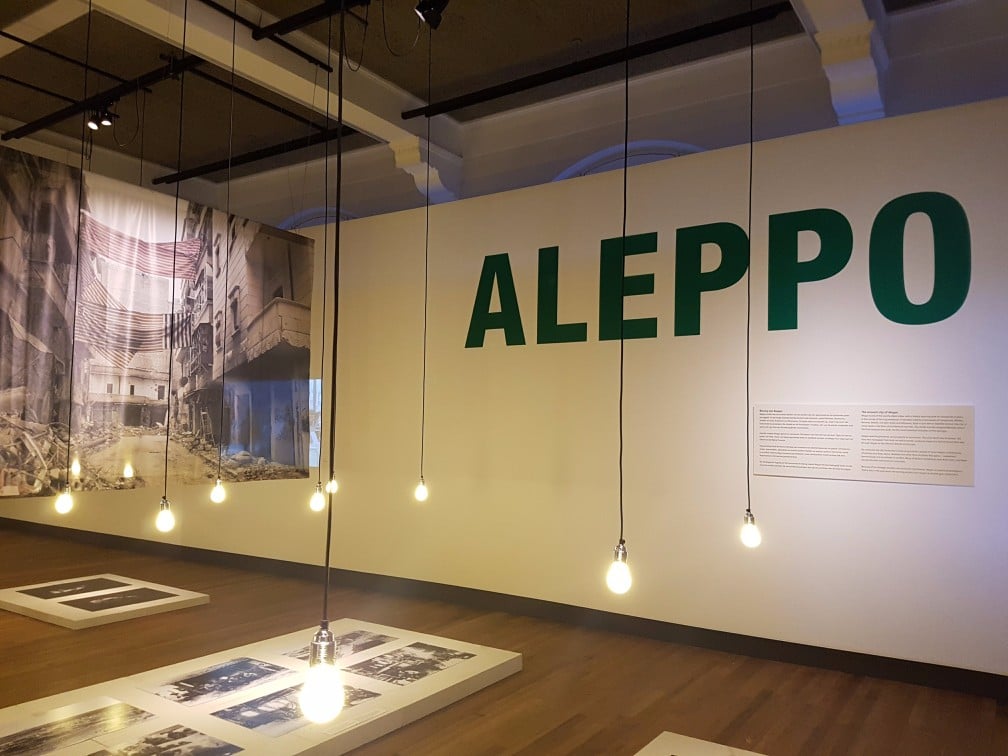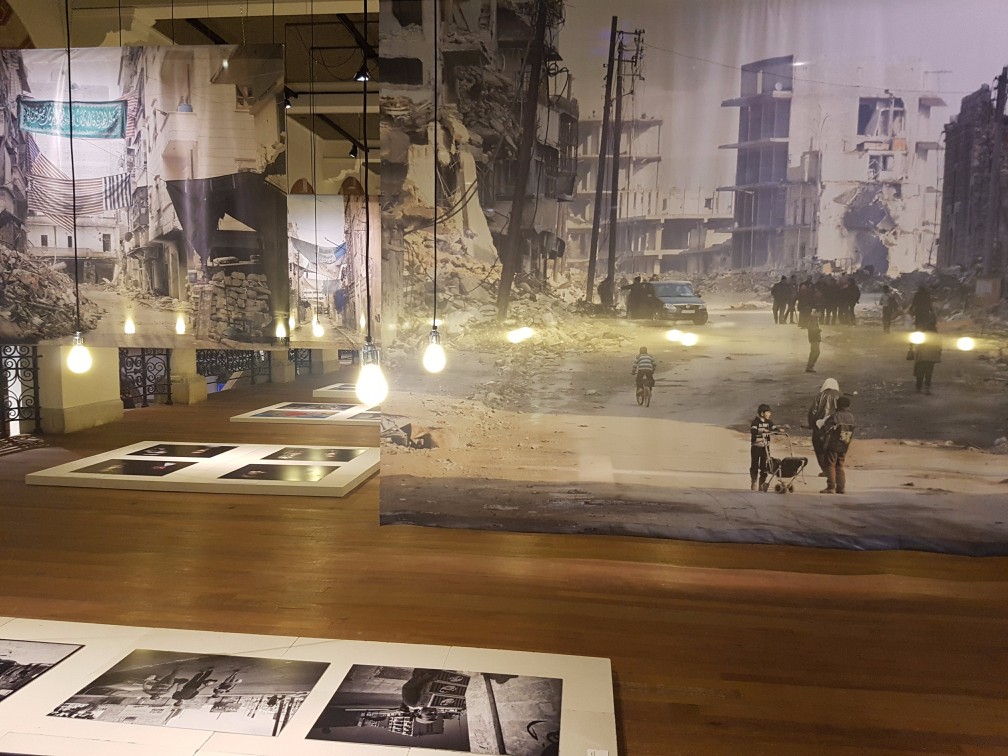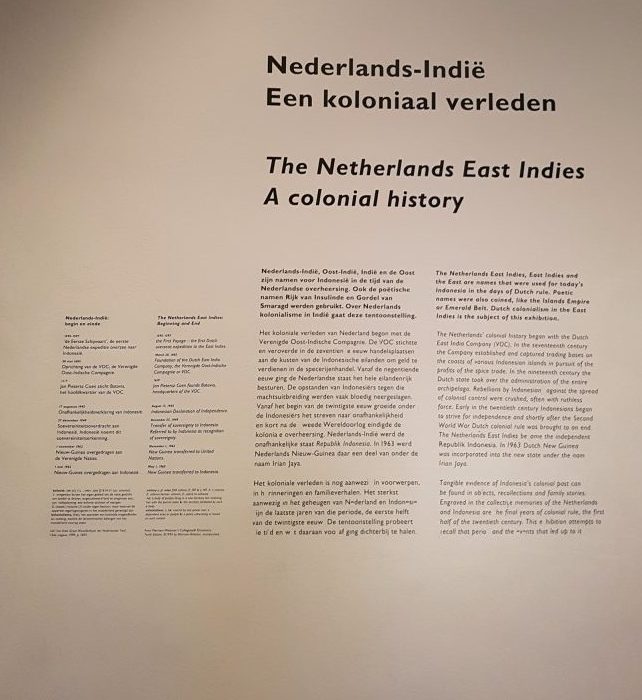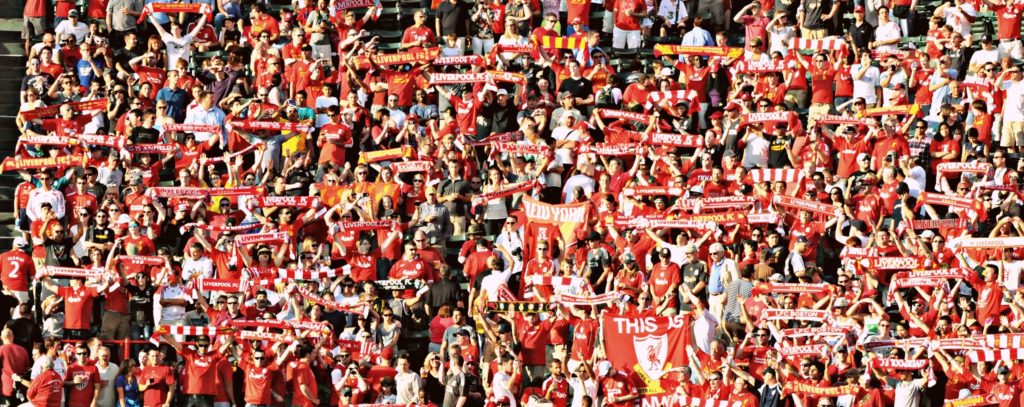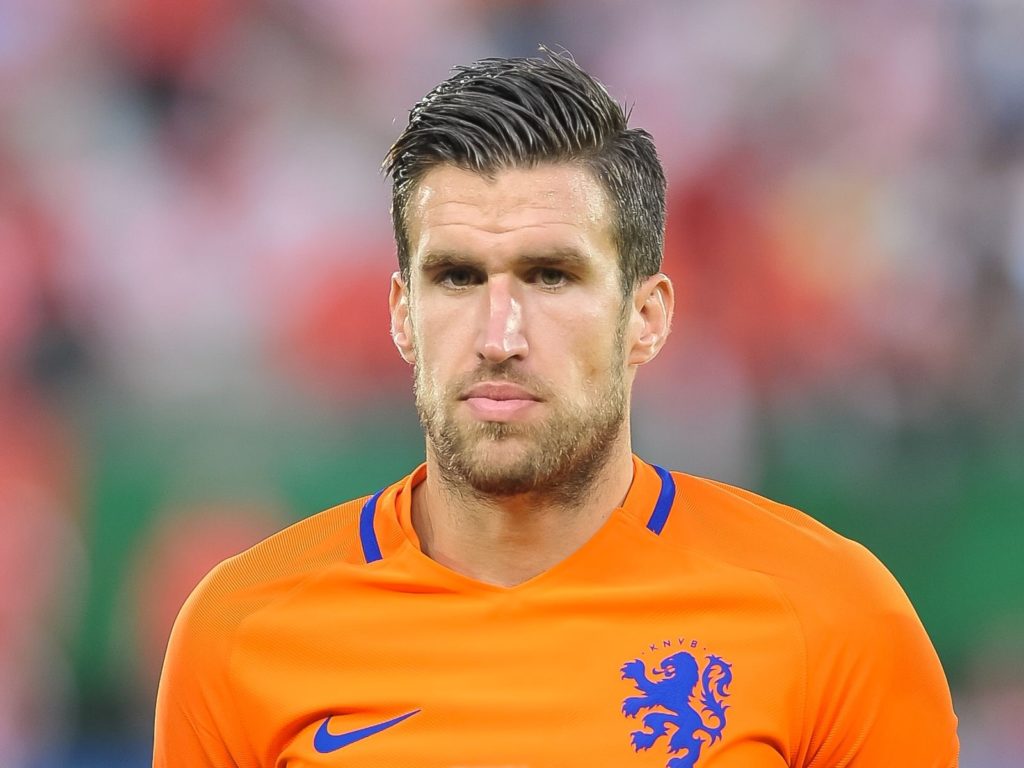The city of Rotterdam and all the Feyenoord fans out there are heavily anticipating a huge celebration in the upcoming days. If the they beat their little cousin Excelsior tomorrow (also in Rotterdam) Feyenoord will be Champions of the Dutch league and the following celebrations (or chaos) will be out-of-this-world.
Will Feyenoord really be the Champions tomorrow?
Pretty fat chance they will. It were nervous times for all Feyenoord-fans the past months but that all is over now the last 2 weeks since Feyenoord just needs 3 measly points in the upcoming two matches to grab that title. And since the game on Sunday (14.30!) is fairly easy: Excelsior, a club which was literally sponsored by Feyenoord for many years – their whole stadium will be filled with Feyenoord-supporters.
So fast forward to Sunday 16.30 and there’s a good chance that Feyenoord will be the winner of the league. It’s been a long time coming and Feyenoord has got the most intense fans of the Netherlands, so the celebrations will be bigger than epic. (More on the recent history of Feyenoord here and let’s hope there isn’t that much rioting like in 1999)
So Feyenoord will be Champions, what is happening after the game?
Sweaty and all, the players are intended to immediately board the Feyenoord-coach and drive to ‘De Kuip’, just a few kilometers away. They should be driving on the ‘Van Brienenoordbrug’, but I’m expecting huge gatherings of crazy fans to slow down the bus significantly. I’ve also heard that there’s a secret route to Feyenoord stadium and a plan B. Most of this hurry by the organizers of this whole deal is because they want to finish up the official part as quickly as possible in order to prevent the possibility of chaos and such later on in the evening.
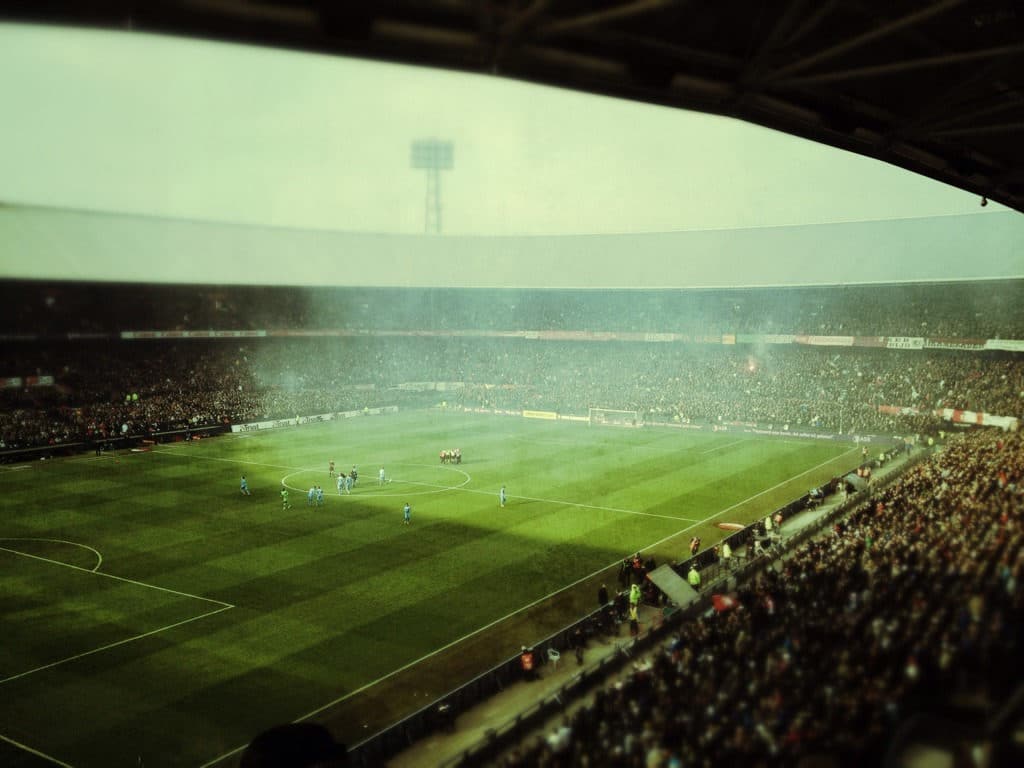
The Feyenoord stadium tomorrow is sold out completely while there isn’t even a match going on. Some 40K people bought tickets just to watch the game on screens and see Feyenoord’s veteran captain receive ‘de Schaal’ – the Dutch league title. It’s also pretty fair to say that Lee Towers will sing a song and grown men will cry.
People will drink a thousand beers, songs will be sung, people will take a dive into the fountain at the Coolsingel and god knows what will happen. But surely after that it’s over right?
Monday on the Coolsingel might be even bigger
Traditionally titles won by Feyenoord are always celebrated at the Coolsingel in front of the Rotterdam City hall. Since it’s a logistical nightmare for the mayor to have that on Sunday, celebrations are now scheduled for Monday at 12.00 o’clock. Yes, normally speaking people would have to work and who’s going to start drinking at 10 in the morning on a Monday? But as you probably should know by now this is not going to be an ordinary party.
“@CeesHelmons#Rotterdam #Hofplein #Coolsingel #Weena pic.twitter.com/wLlyPd8Uia” @Coolsingel010 #photography #Photo
— Rotterdam by Day (@010byday) 6 mei 2017
The municipality of Rotterdam is expecting some 140K people attending at the Coolsingel (and the Binnenrotte). But many Feyenoord fans and yours truly are thinking more in the range of 300K-500K people. So all in all you can pretty much expect this happening to rock Rotterdam Sunday and Monday all together!
